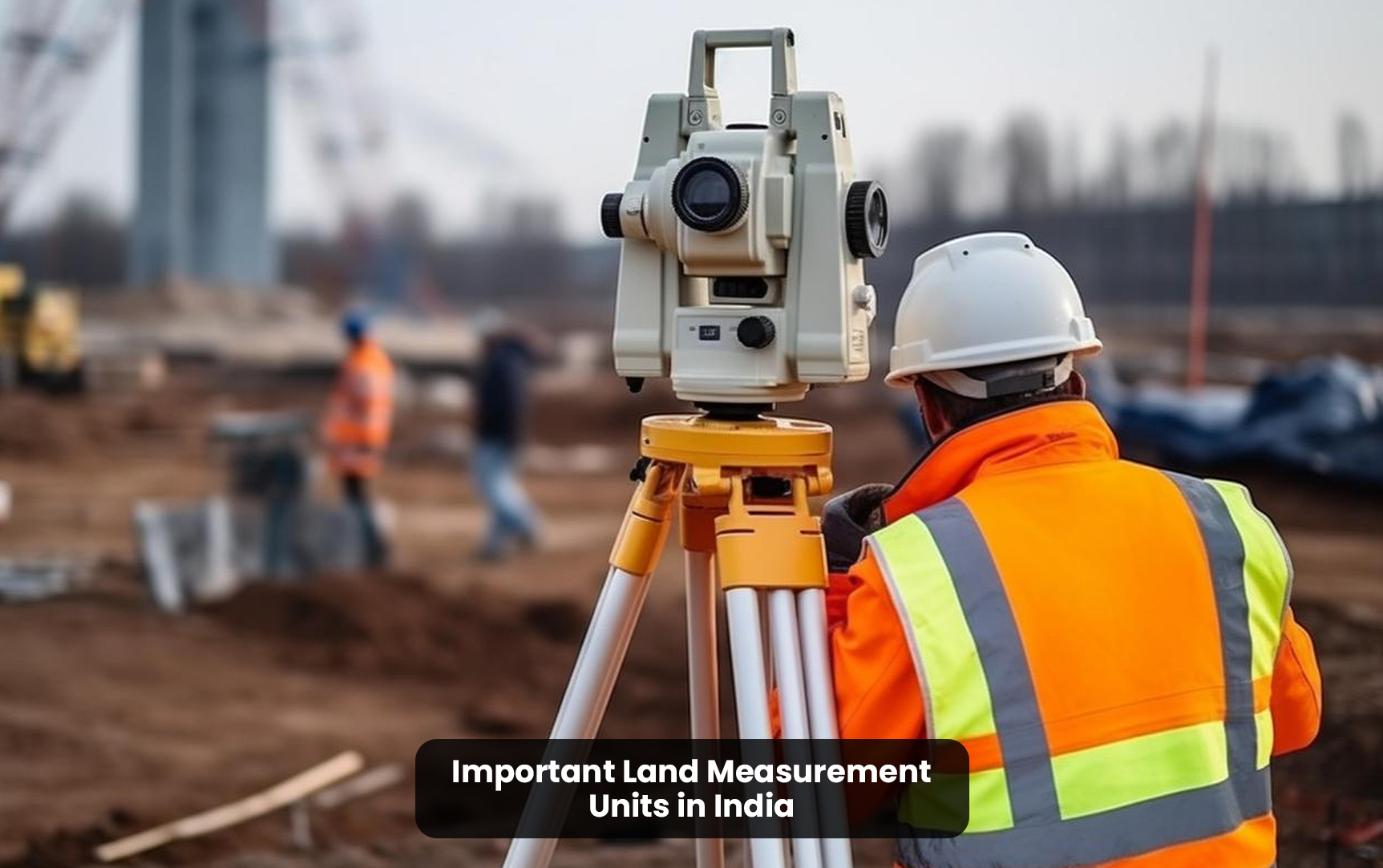
The land is measured using standard units. Small tracts of land or residential plots are usually measured in square feet (sq ft) or square metres (sq m) whereas large tracts of land such as industrial or agricultural land are measured in acres or hectares.
These units help individuals, organizations, and government authorities accurately assess and describe the extent of land. Land measurement units are crucial for various purposes. They include real estate transactions, land ownership records, land taxation, agriculture, urban planning, and environmental management.
For this, the breadth and length of the land are measured at first, and the results are multiplied. The product of the width and length of the land is the area of the land.
Ashiana, Ashiana Housing build homes. Homes surrounded by vast green spaces and fresh breeze. Homes cocooned in secured gated complexes. Homes where futures are forged and there are opportunities to grow. And Homes in environments brimming with healthy activity, trust and respect. At heart, we build communities with care.
Other posts by Ashiana
Join 1000+ of fellow readers. Get expert real estate knowledge straight to your inbox absolutely free. Just enter your email address below.